A New Era of Precision and Abundance
Over fifty years since precision-guided weapons debuted in Vietnam, the battlefield is witnessing a revolutionary shift with the advent of killer drones, first seen in Ukraine. These drones, epitomizing a new balance between humans and technology in warfare, mark a significant departure from traditional, cost-prohibitive smart weapons towards a future where precision and abundance coexist, reports The Economist.
The Transformation on the Ukrainian Frontlines
In Ukraine, the deployment of first-person view (FPV) drones is changing the face of combat. Adapted from consumer drones, these small, inexpensive, yet lethal devices can navigate into tight spaces such as tank turrets or dugouts, posing a significant threat to both infantry and armor. With over 3,000 verified strikes in a single month and plans to build up to two million drones, Ukraine is at the forefront of this shift, even as it grapples with shortages in traditional munitions.
President Volodymyr Zelensky’s establishment of the Unmanned Systems Force underscores the strategic pivot towards drone warfare, recognizing its potential to offset conventional ammunition scarcities. Despite their limitations in range and payload, FPV Drones have demonstrated their destructive capability, significantly impacting Russian armor and fortifications and highlighting the growing importance of unmanned systems in modern conflict.

The Democratization of Killer Drones
The surge in drone usage is not confined to state actors. The technology’s reliance on readily available consumer electronics and components means that non-state actors, from militias to terrorists, can potentially harness these tools for their purposes. This accessibility is exemplified in various conflict zones, including Myanmar, where rebels have utilized 3D printing to manufacture drone parts, further blurring the lines between conventional state armies and insurgent groups.
Moreover, the integration of cheap guidance systems into missiles by groups like the Houthi rebels in Yemen represents a broader trend towards the democratization of precision weapons. Such advancements pose significant challenges to commercial shipping and have geopolitical ramifications far beyond their cost.
Ethical and Technological Challenges Ahead
The rapid innovation in Drone Technology, driven by consumer electronics, presents both ethical dilemmas and challenges in maintaining operational superiority. The pursuit of autonomy in drones, through Artificial Intelligence for navigation and target recognition, is pushing the boundaries of unmanned warfare, raising questions about the future role of humans in conflict management.
Western nations, recognizing the strategic implications of these developments, are beginning to adjust their military procurement and strategy. Initiatives like the Pentagon’s Replicator project aim to counterbalance the proliferation of low-cost drones and munitions, emphasizing the need for both high-end platforms and simpler, more affordable systems.
Navigating the New Battlefield Dynamics
As killer drones become a ubiquitous element of modern warfare, their impact extends beyond the battlefield. The potential for self-coordinating swarms and the challenge of defending against ubiquitous drone threats in both conflict zones and civilian areas underline the need for comprehensive strategies encompassing both offense and defense.
The experience in Ukraine serves as a stark reminder of the changing dynamics of warfare, where the blending of technology and strategy could redefine the principles of combat. For America and its allies, the rise of intelligent drones represents both a challenge and an opportunity to rethink how wars are fought and won in the 21st century. As the skies over Ukraine testify to the growing role of drones, the world must prepare for a future where the balance between humans and technology in war is forever altered.



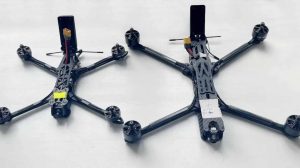
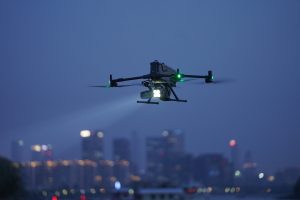

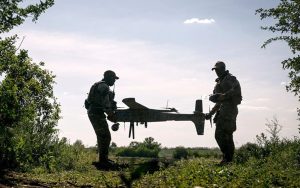


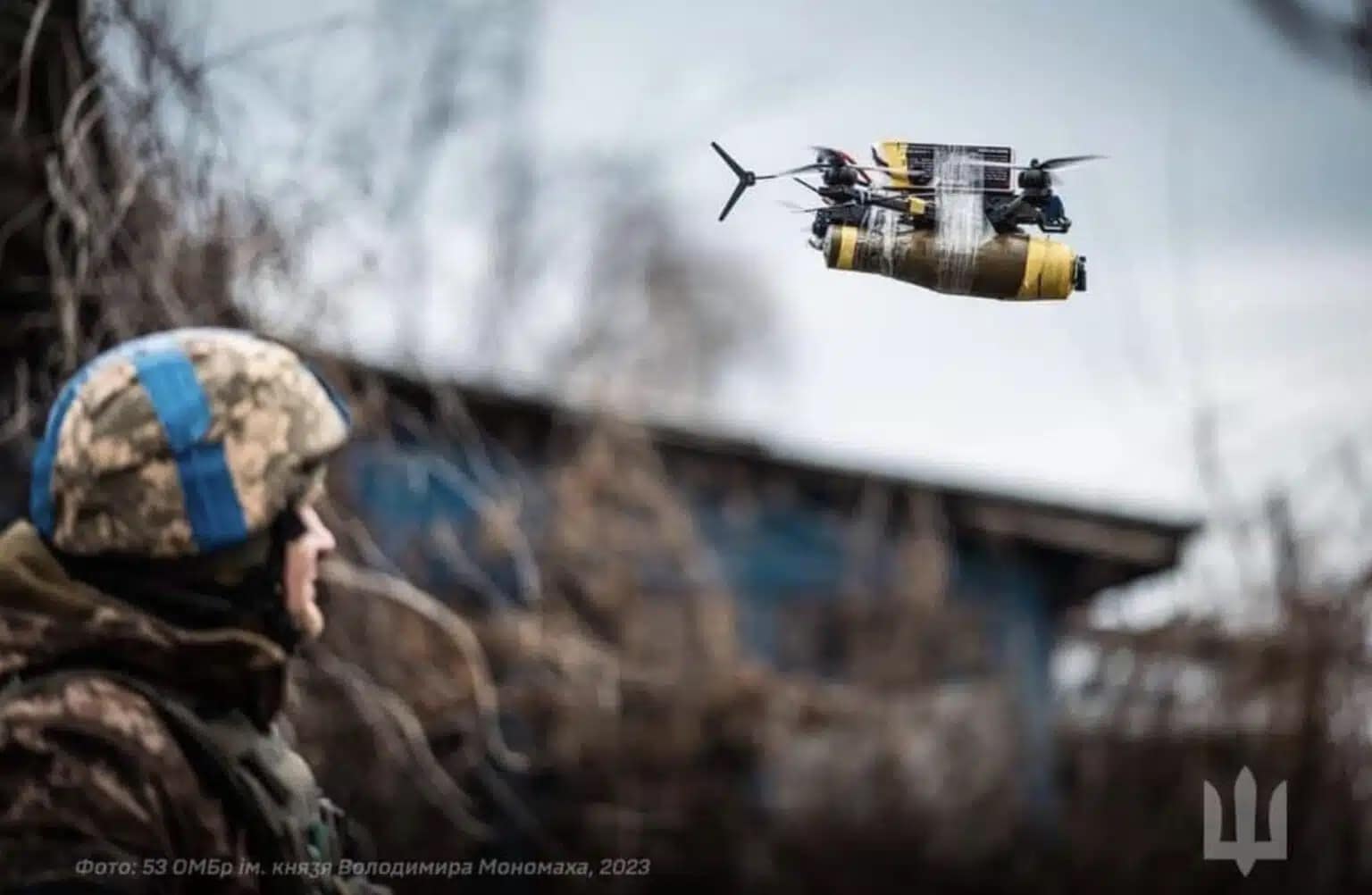




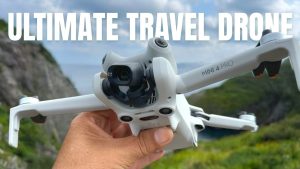

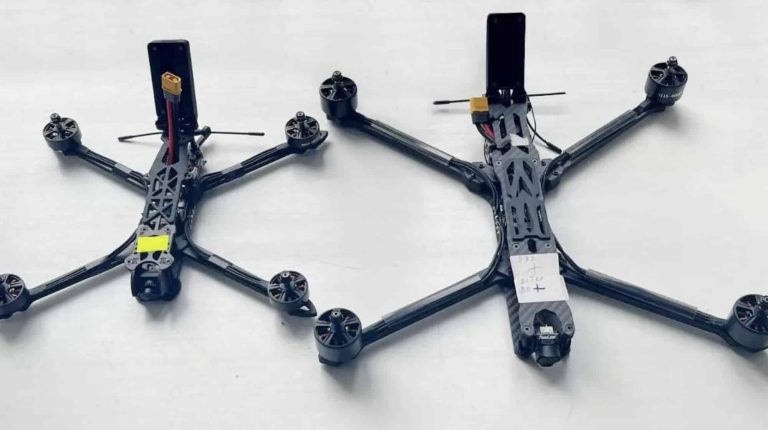
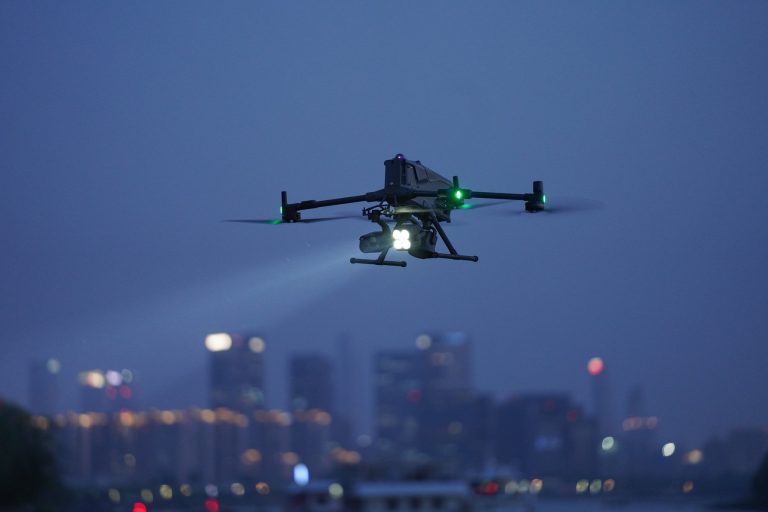
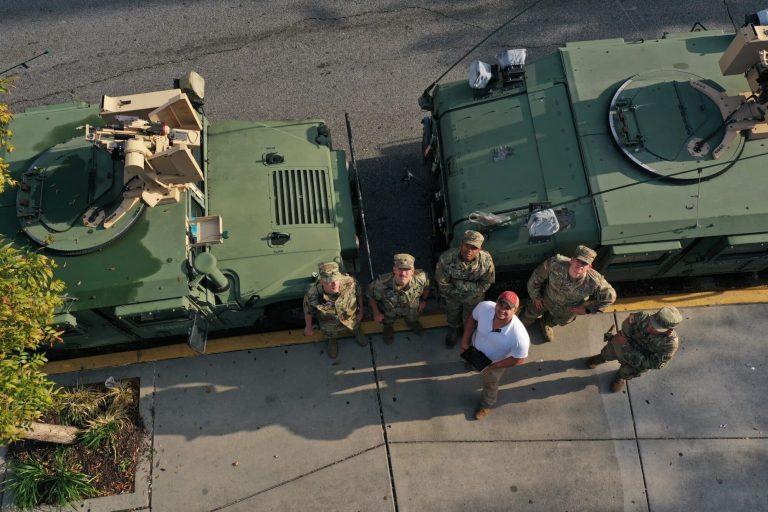

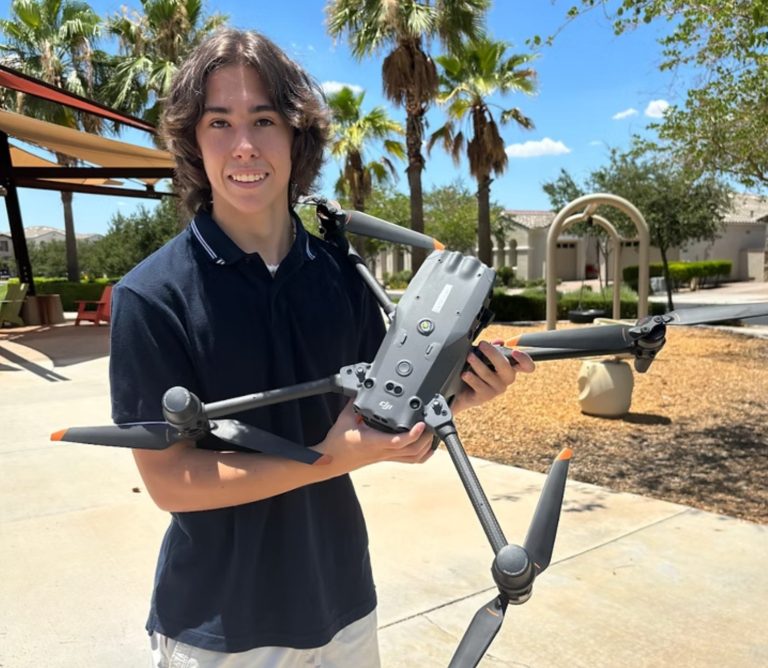
+ There are no comments
Add yours